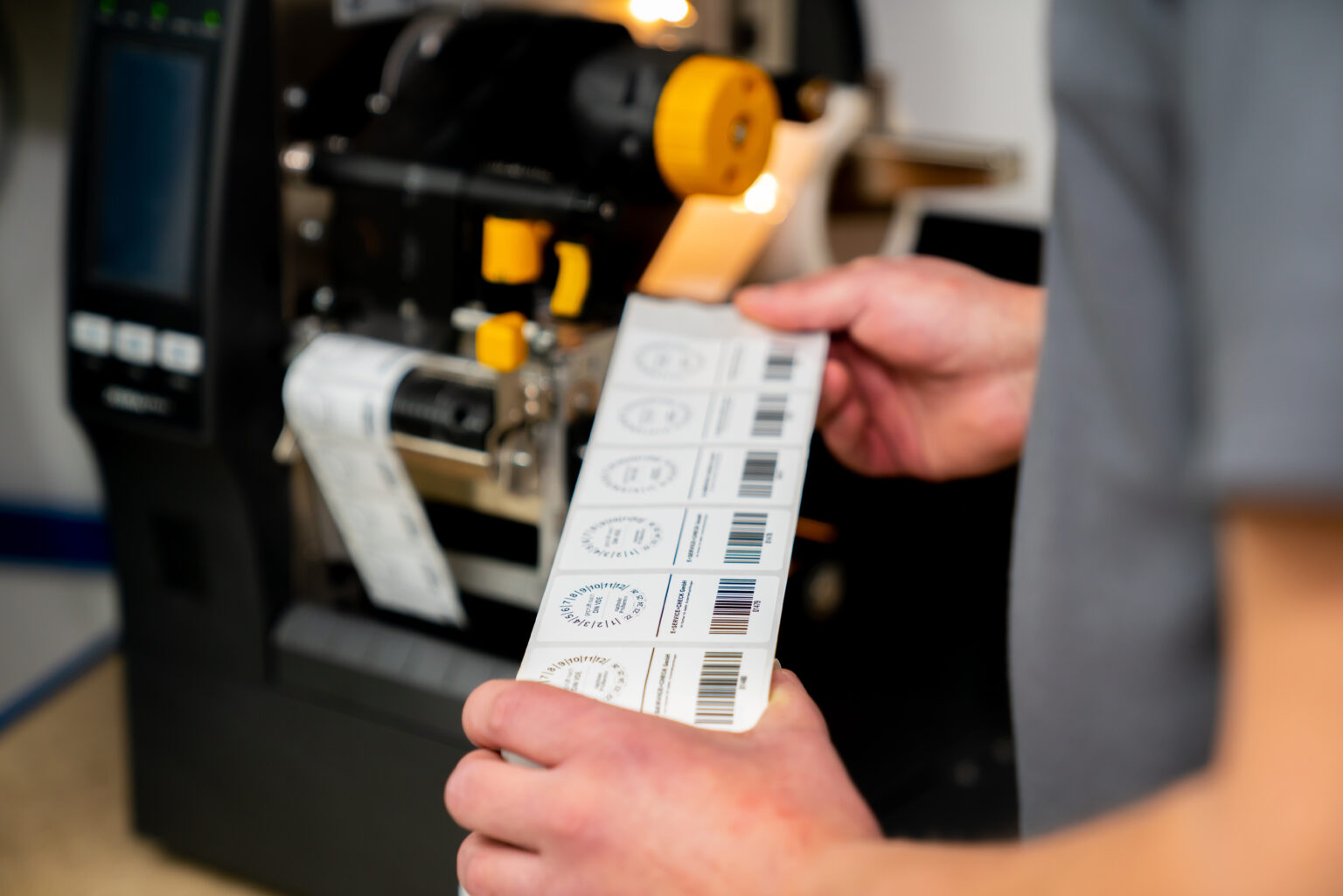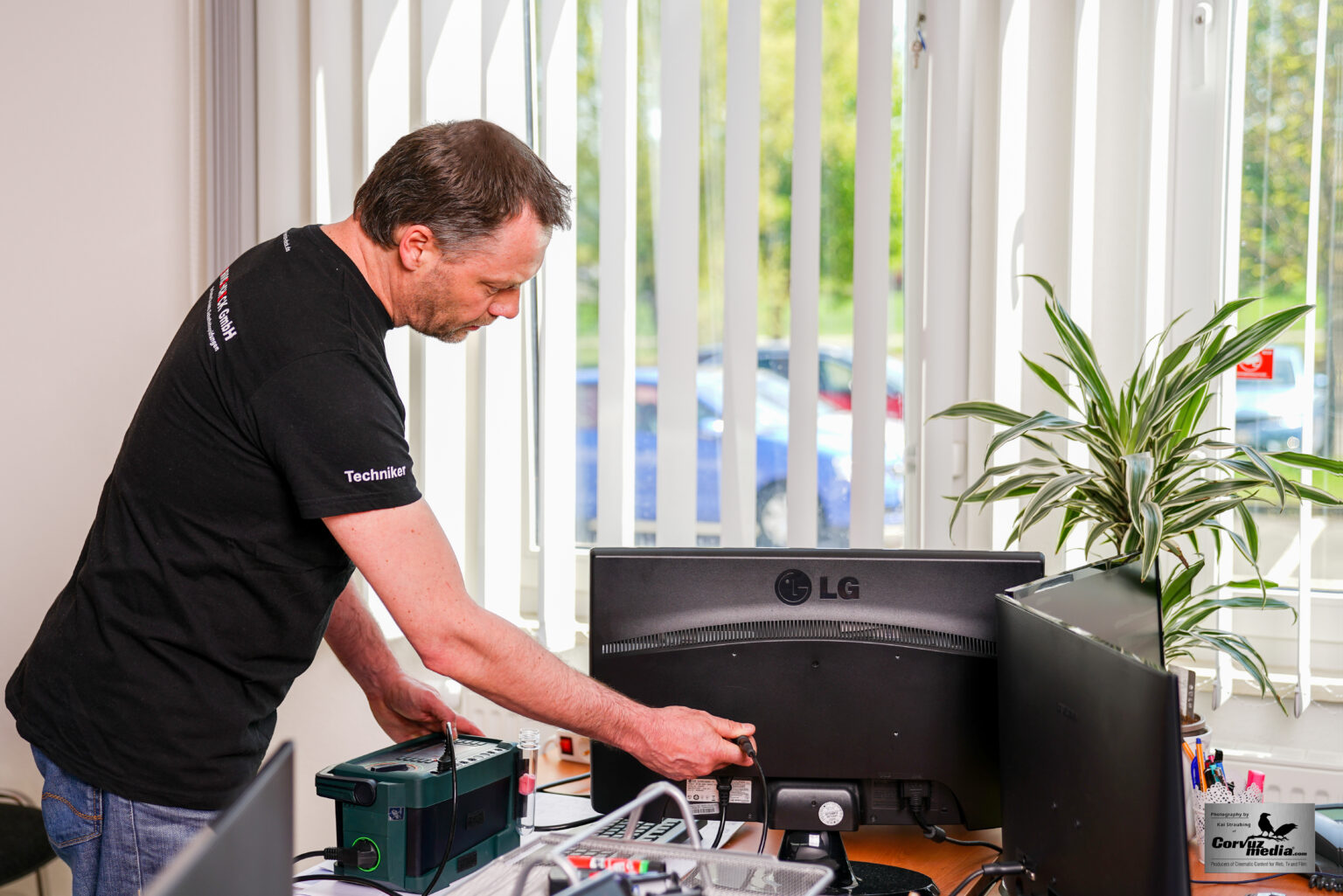Have you ever considered how many workplace accidents are prevented by stringent electrical safety measures? In Langenhagen, the DGUV V3 Prüfung plays a pivotal role in ensuring that electrical equipment meets the highest safety standards. It’s more than a routine check—it’s a lifesaver.
The DGUV V3 Prüfung in Langenhagen has a rich history rooted in protecting both employees and employers from electrical hazards. According to recent statistics, regular DGUV V3 inspections have reduced workplace electrical accidents by nearly 30%. This initiative not only enhances safety but also promotes a culture of preventive maintenance and compliance.
DGUV V3 Prüfung in Langenhagen is a crucial inspection process ensuring that electrical equipment complies with German safety standards. It aims to prevent workplace accidents by detecting potential hazards early, contributing to a safer work environment. This mandatory check helps maintain high safety levels and minimize risks associated with electrical equipment.
DGUV V3 Prüfung Langenhagen
DGUV V3 Prüfung in Langenhagen is a vital process that ensures electrical safety in workplaces. The inspection involves checking various electrical devices for safety and compliance with German standards. This is important because faulty electrical equipment can cause severe accidents. Regular checks help prevent these incidents, saving lives and property. Overall, it’s a necessary measure for workplace safety.
During the DGUV V3 Prüfung, experts examine different types of equipment. Here are some of the key items they inspect:
- Power tools
- Extension cords
- Office electronics
These checks ensure that everything is working correctly and safely. If a device fails the inspection, it must be repaired or replaced immediately.
Here are three steps taken during an inspection:
- Visual check for obvious damage or wear
- Functional checks to ensure proper operation
- Electrical testing with specialized tools
These steps make sure that all aspects of the equipment are thoroughly examined. The goal is to find and fix any issues before they become dangerous.
Statistic shows a significant drop in workplace accidents after implementing regular DGUV V3 inspections. Companies that follow these guidelines have safer environments. Employees feel more secure knowing that their equipment is regularly checked. This safety culture boosts overall productivity and reduces downtime caused by accidents. Therefore, DGUV V3 Prüfung is not just a legal requirement but also a smart investment in safety.

Benefits of Regular Electrical Testing
Regular electrical testing can save lives by finding potential hazards before they cause accidents. Electrical faults are often invisible, making testing crucial. Early detection means problems can be fixed before they lead to fires or injuries. Businesses also benefit from reduced downtime. Having safe, reliable equipment keeps everything running smoothly.
Another advantage is cost savings. Fixing small issues during regular checks is cheaper than dealing with major repairs later. Here are some common issues detected:
- Frayed wires
- Loose connections
- Outdated equipment
Addressing these problems early keeps repair costs down and extends equipment lifespan.
Improved energy efficiency is another benefit. Faulty equipment often consumes more power. Regular testing helps identify inefficient devices. Once identified, these can be repaired or replaced to save on energy bills. This also helps the environment by reducing unnecessary energy use.
Regular electrical testing ensures compliance with safety regulations. Companies that follow these guidelines are less likely to face legal problems. Compliance also boosts their reputation as a responsible business. Employees feel safer, which can improve morale and productivity. Therefore, regular testing is beneficial for everyone involved.
Common Electrical Hazards and How DGUV V3 Addresses Them
Electrical hazards are often hidden, making them dangerous. Common issues include exposed wires, faulty outlets, and overloaded circuits. These hazards can cause shocks, fires, or equipment malfunctions. The DGUV V3 standard ensures these risks are minimized through regular inspections. This keeps workplaces safer by catching problems early.
Here are some common electrical hazards:
- Exposed wires
- Faulty outlets
- Overloaded circuits
Regular inspections as per DGUV V3 standards help identify these hazards. Fixing issues promptly reduces the risk of workplace accidents.
DGUV V3 also focuses on maintaining equipment performance. Faulty devices are identified and either repaired or replaced. This ensures all equipment runs efficiently. Keeping devices in good condition prevents unexpected breakdowns. Employees can trust their tools to perform reliably and safely.
Another benefit of DGUV V3 is the legal compliance it ensures. Companies following these guidelines are less likely to face fines or legal issues. Regular checks demonstrate a commitment to safety. This boosts the company’s reputation and worker confidence. Overall, adhering to DGUV V3 creates a safer and more efficient workplace.

How Often Should DGUV V3 Testing Be Conducted
The frequency of DGUV V3 testing depends on the type of equipment and its usage. For devices used in stressful environments, testing may be required more often. Typically, hand-held devices should be tested every six months. On the other hand, stationary equipment might need testing only once a year. Regular intervals ensure the highest safety standards.
For offices, testing might be less frequent due to the controlled environment. Commonly, office electronics are checked annually. This includes items like computers, printers, and coffee machines. Even though the risk is lower, regular checks ensure everything is in good working order. This minimizes the risk of unexpected failures.
Special circumstances might also dictate more frequent testing. For example, after any repair work, the equipment should be tested before use. This ensures the repair didn’t introduce new faults. Here are some instances that require additional checks:
- After major electrical work
- Following equipment modifications
- Post-incident or accident investigation
These extra checks help maintain safety and efficiency.
Another factor is regulatory requirements. Some industries, like healthcare, require more frequent inspections. This is due to the critical nature of the equipment used. Hospitals might need to test electrical systems every three months. Ensuring medical devices are reliable is crucial for patient safety.
Regular testing also helps with insurance compliance. Many insurance policies mandate periodic DGUV V3 tests. Meeting these requirements can lower insurance premiums. It also provides a safety record that can be valuable in case of an incident. Therefore, keeping up with DGUV V3 testing is beneficial for multiple reasons.
Cost Implications of DGUV V3 Testing in Langenhagen
The cost of DGUV V3 testing in Langenhagen depends on various factors. The type and number of devices being tested play a significant role. More frequent testing of critical equipment can add to the costs. However, investing in regular inspections can prevent expensive repairs later. Moreover, it helps avoid accidents, saving both money and lives.
Small businesses might find the upfront costs challenging. Yet, the long-term benefits outweigh these initial expenses. Regular testing can extend the lifespan of equipment. By catching problems early, businesses avoid costly breakdowns. Therefore, it’s a smart investment in safety and reliability.
Larger companies often have more complex needs. They may require specialized inspections for various environments. These can include:
- Industrial facilities
- Office buildings
- Construction sites
Each of these settings has unique risks that must be addressed. Consequently, the cost for comprehensive testing can vary.
Insurance premiums can also be affected by DGUV V3 testing. Many insurers offer lower rates for companies that comply with safety standards. Keeping up with regular inspections can be seen as risk management. This can lead to significant savings on insurance policies. Therefore, the cost of regular testing can be offset by lower insurance premiums.
Common costs include fees for professional inspectors and testing equipment. These vary depending on the complexity and scope of the inspection. Here is a quick table to illustrate typical costs:
| Type of Inspection | Approximate Cost |
|---|---|
| Basic Office Check | €100-€200 |
| Industrial Inspection | €500-€1000 |
| Critical Equipment | €200-€400 per device |
These figures can vary based on the service provider and the specific requirements of the business.
Key Takeaways
- The cost of DGUV V3 testing depends on various factors like device type.
- Investing in regular inspections can save on expensive repairs.
- Small businesses may find upfront costs challenging but long-term benefits are worth it.
- Insurance premiums can be lower for companies with regular safety standards compliance.
- Typical costs range from €100 for office checks to €1000 for industrial inspections.
„Frequently Asked Questions“
What is DGUV V3 Testing?
Why is regular electrical testing important?
How often should electrical equipment be tested?
What are the cost factors for DGUV V3 Testing?
What types of hazards can DGUV V3 Testing prevent?
Conclusion
DGUV V3 testing is essential for maintaining workplace safety and equipment reliability. Regular inspections catch hidden hazards that can prevent costly accidents. By investing in these checks, businesses protect their employees and assets.
The costs associated with DGUV V3 testing are outweighed by the benefits of increased safety and efficiency. Compliance with safety standards can also lead to lower insurance premiums. Overall, DGUV V3 testing is a smart and necessary investment for any business.